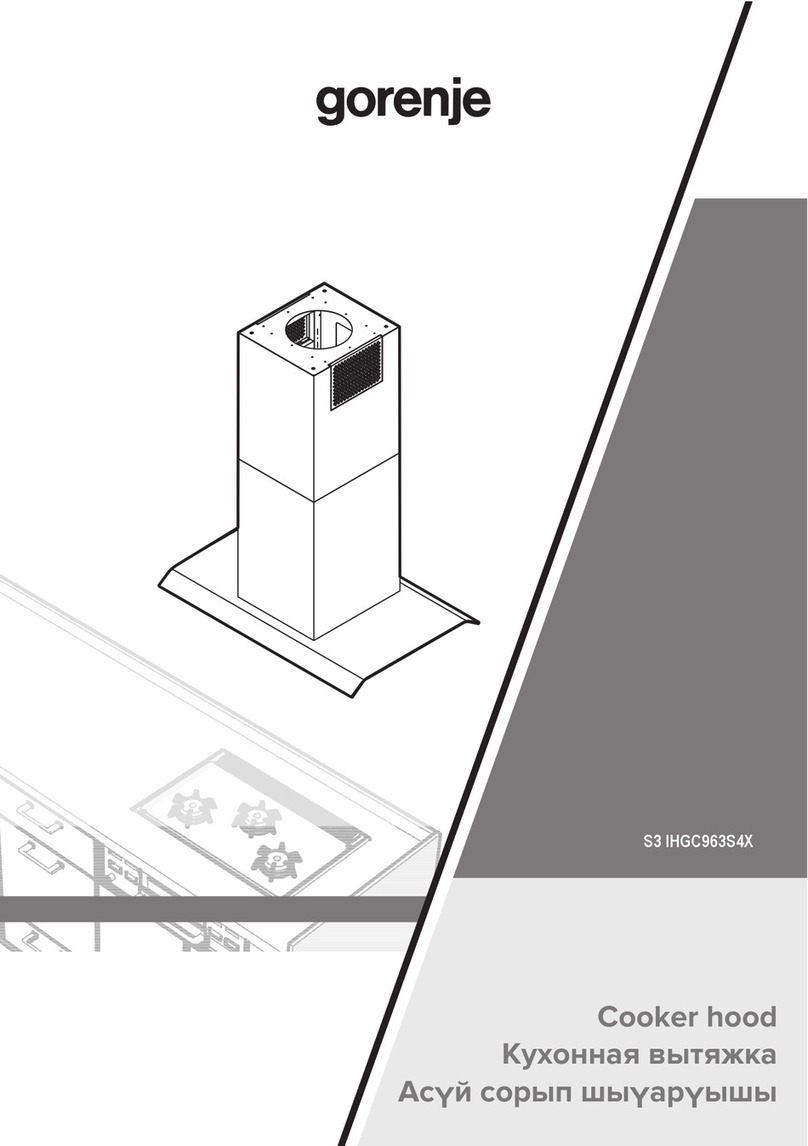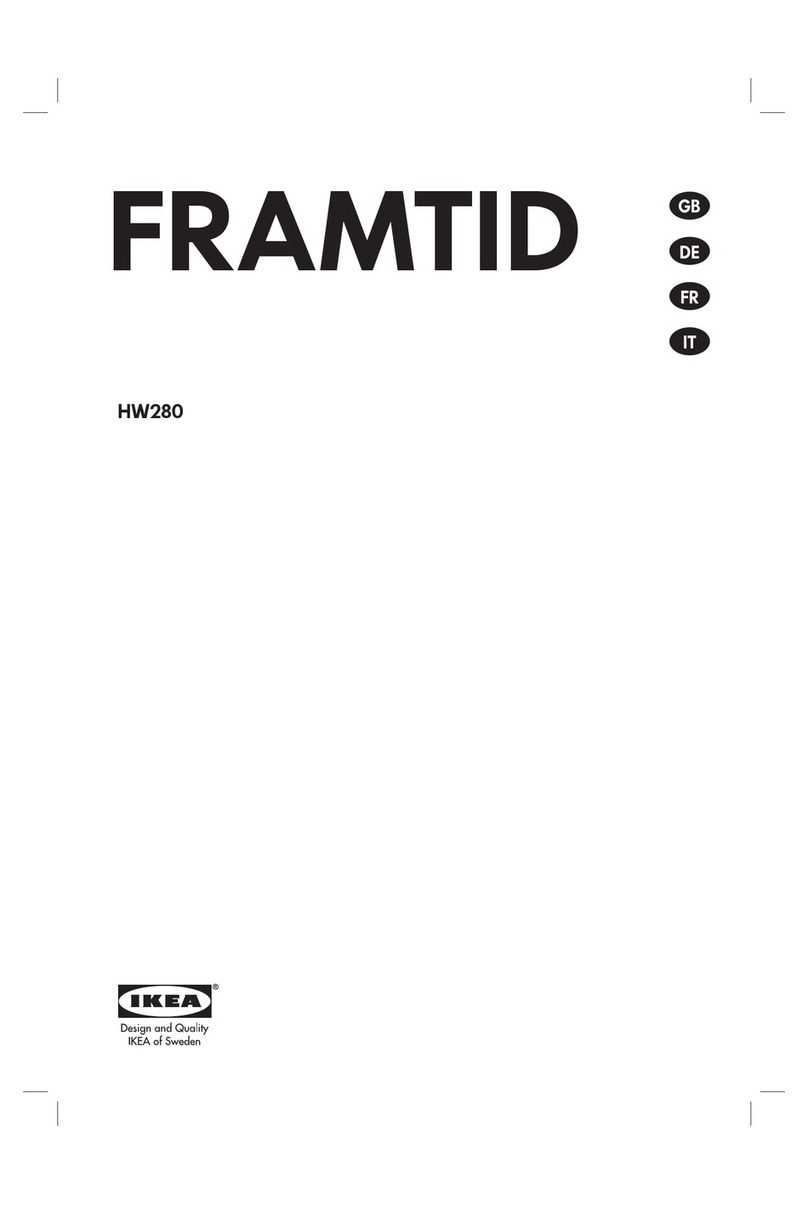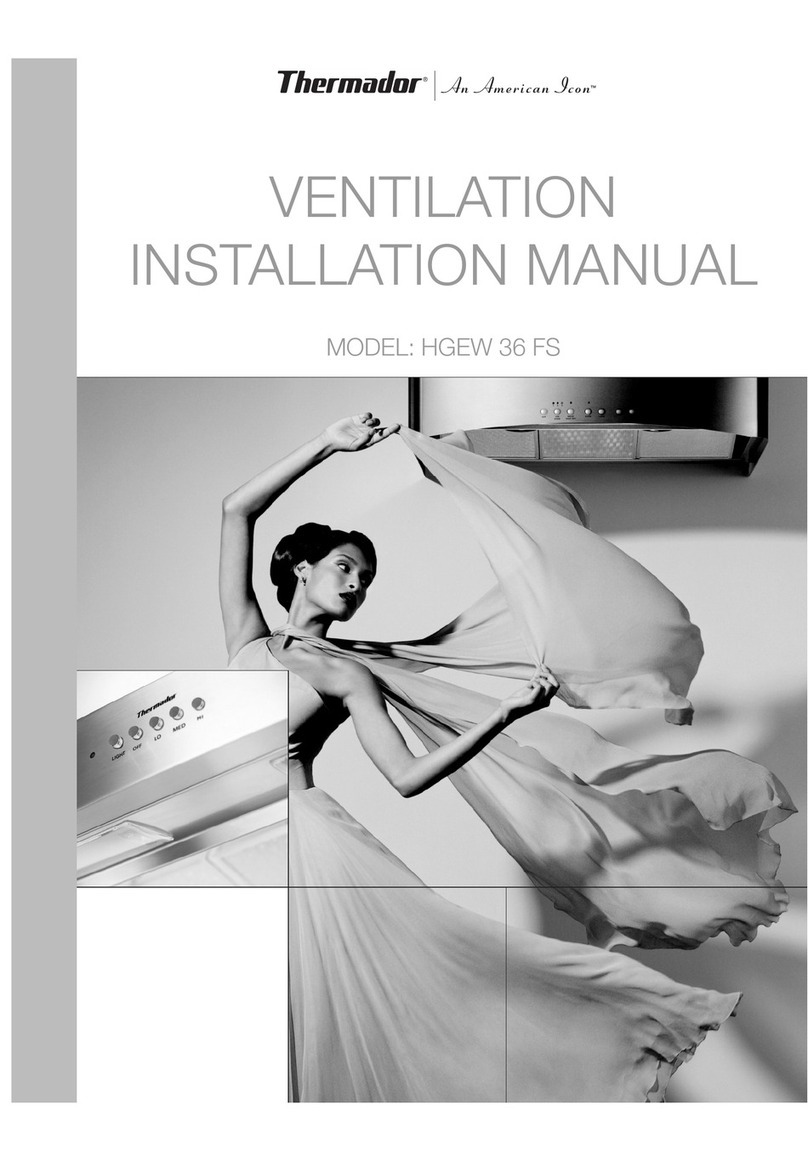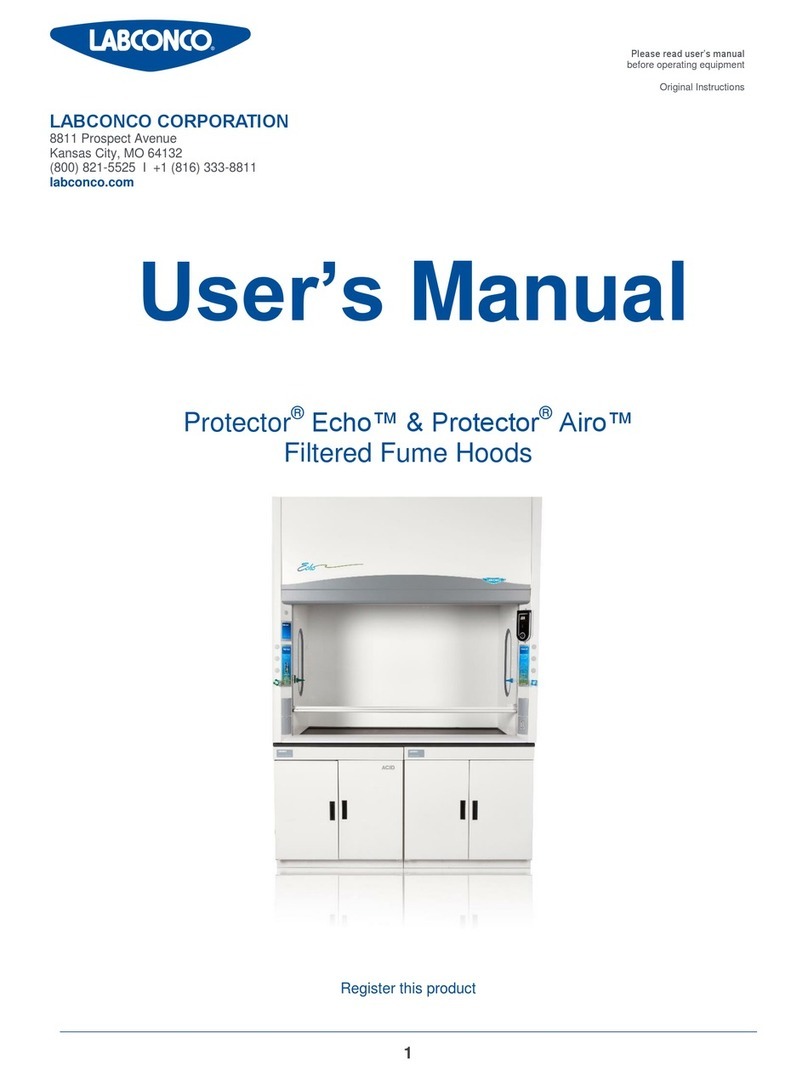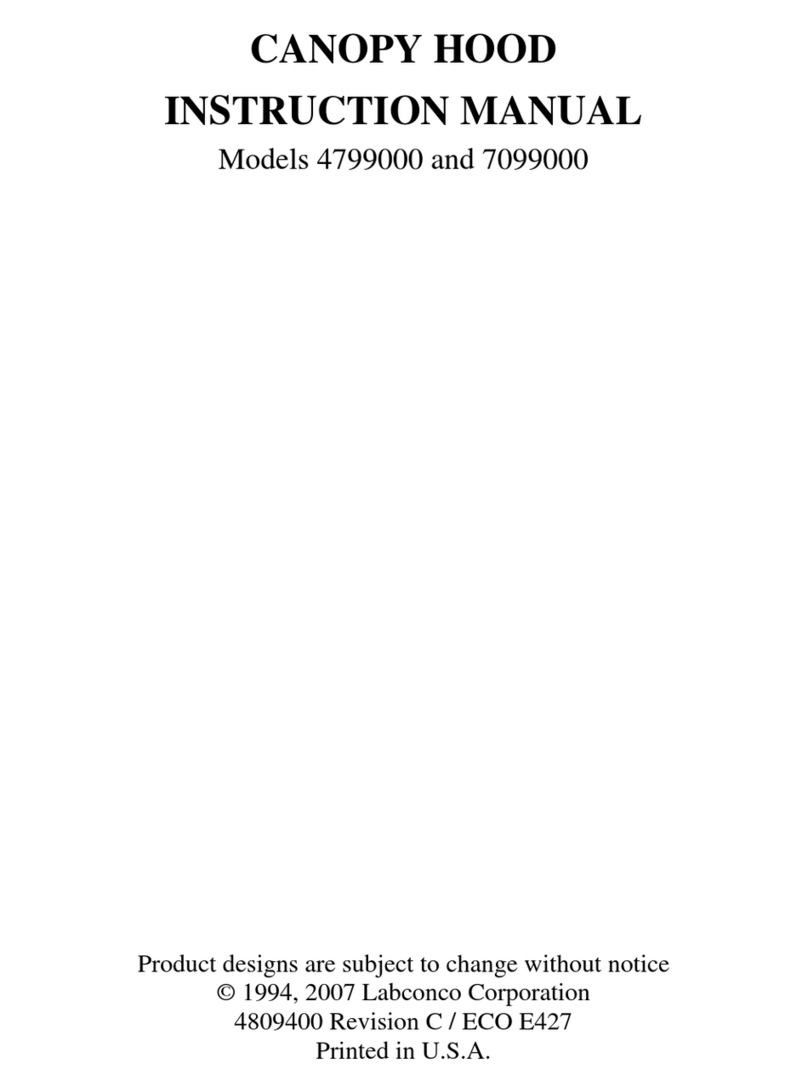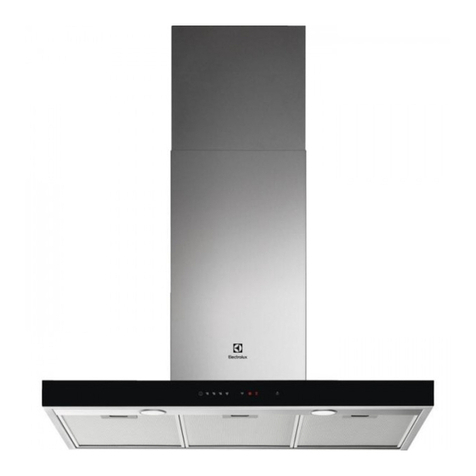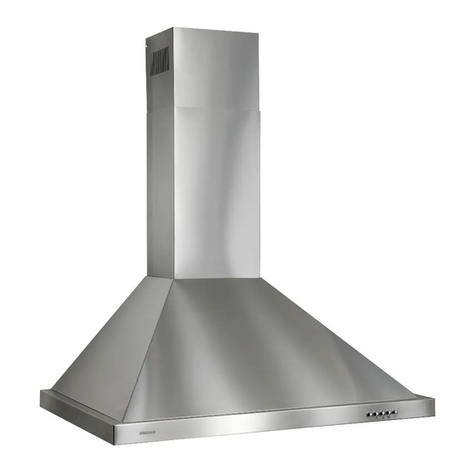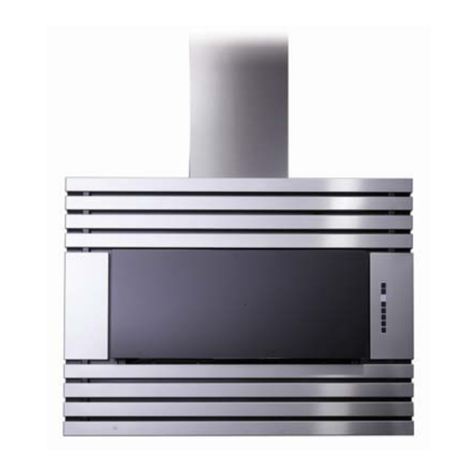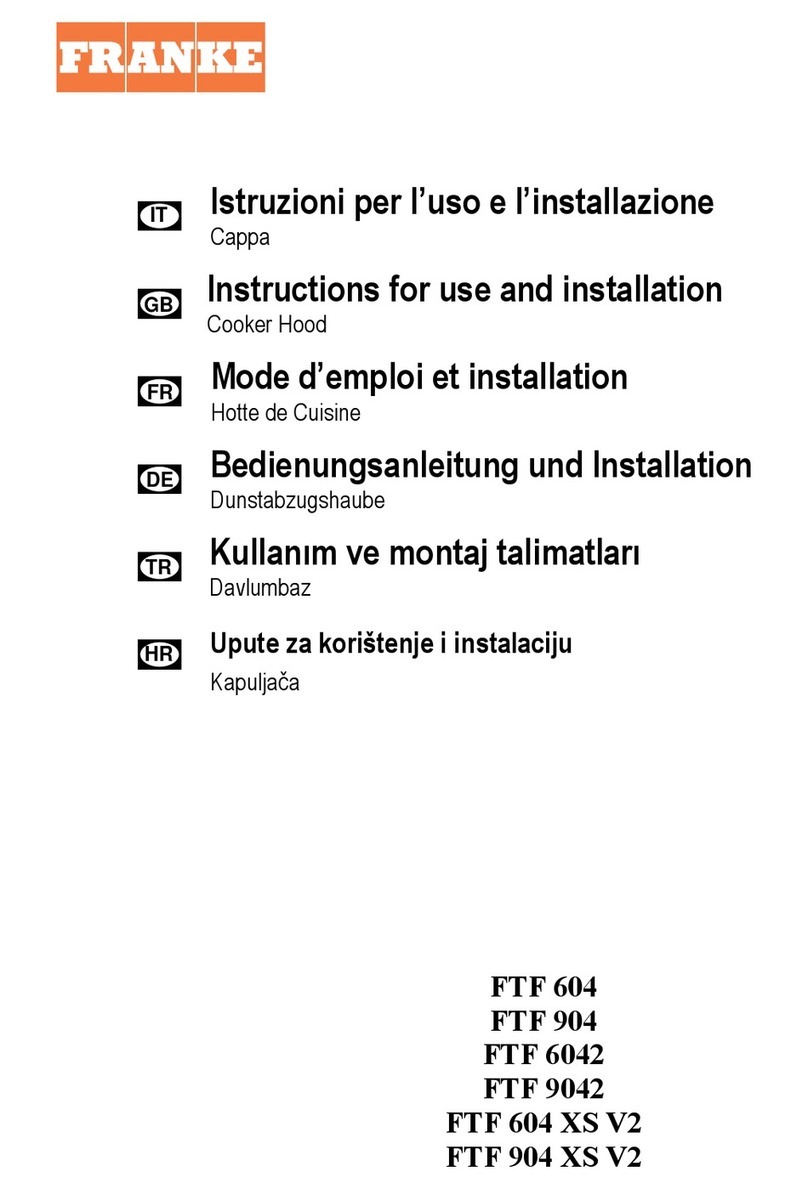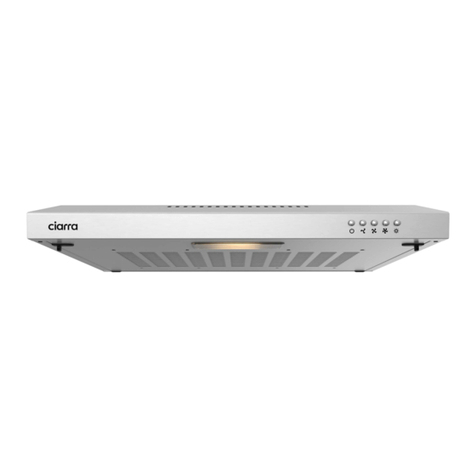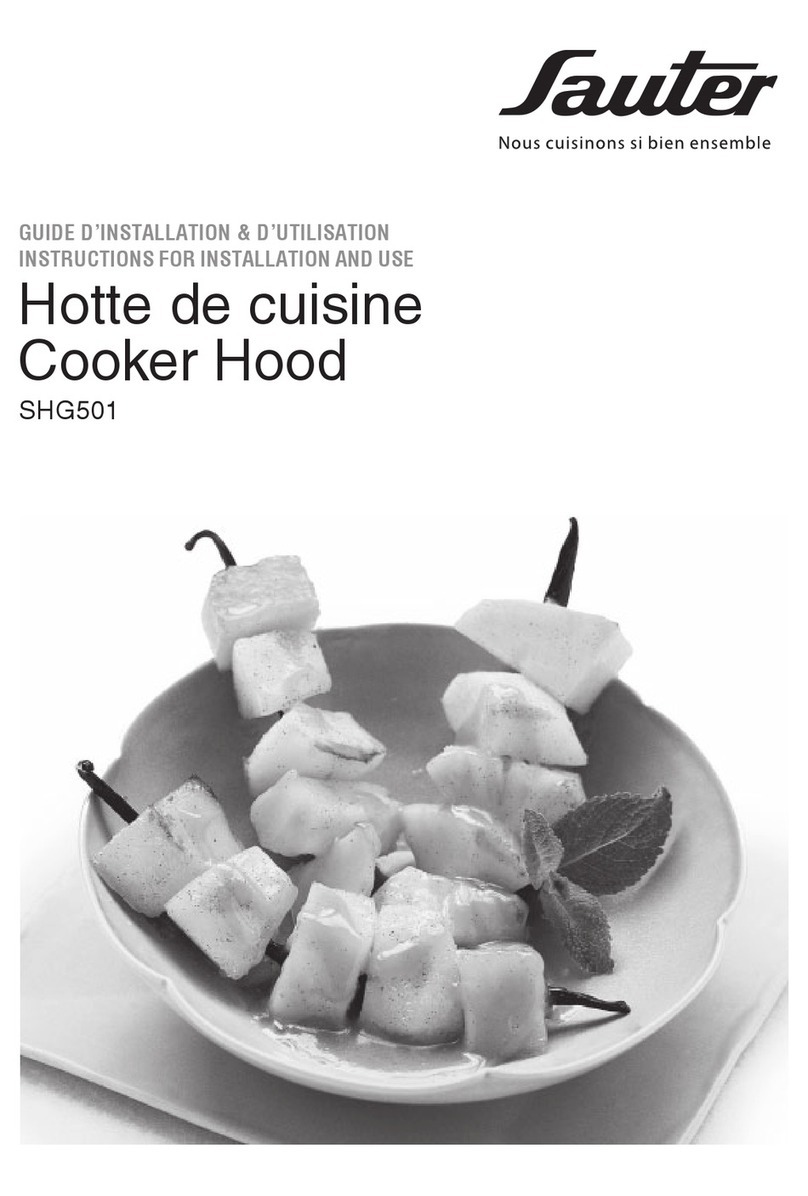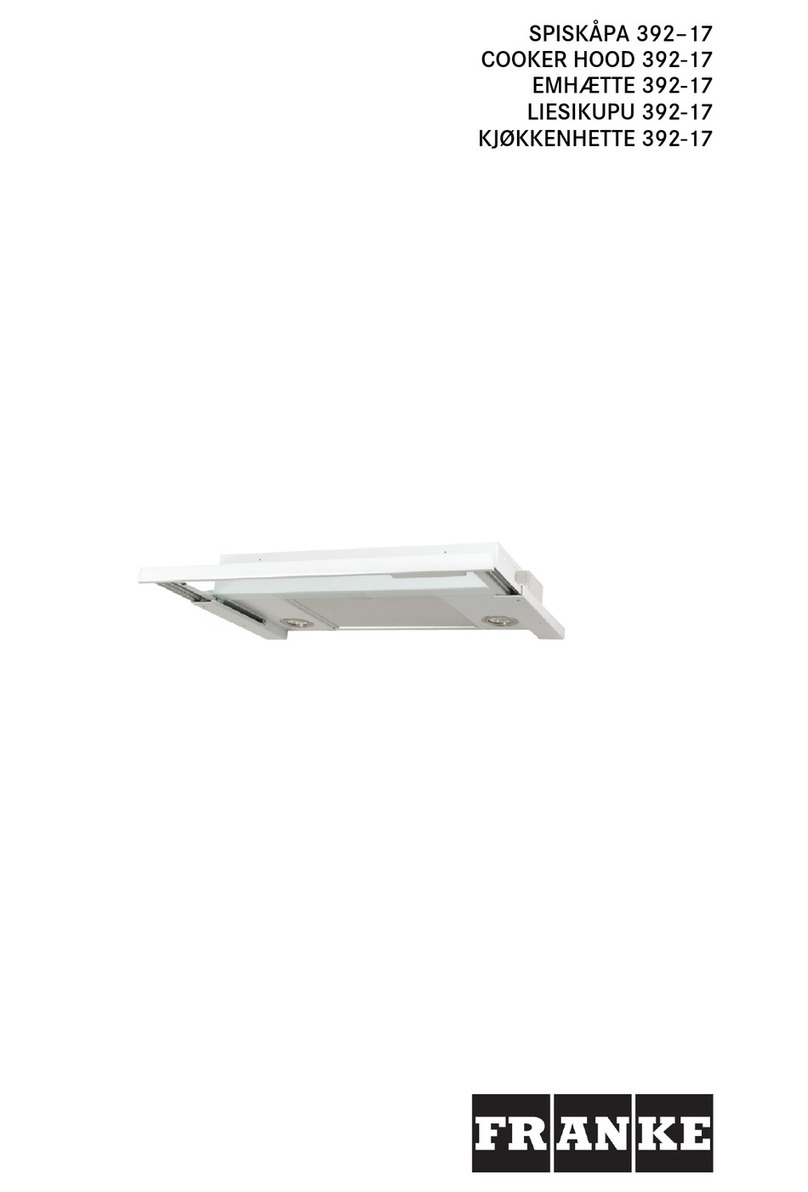Appendix E: References lists the various resources available that deal with
laboratory fume hoods.
Appendix F: Disassembly and Reassembly Instructions lists the required tools as
well as step by step instructions for disassembling and reassembling the Protector
XL Hood.
Typographical Conventions
Recognizing the following typographical conventions will help you understand and
use this manual:
Book, chapter, and section titles are shown in italic type (e.g., Chapter 3:
Getting Started).
Steps required to perform a task are presented in a numbered format.
Comments located in the margins provide suggestions, reminders, and
references.
Critical information is presented in boldface type in paragraphs that are
preceded by the exclamation icon. Failure to comply with the information
following an exclamation icon may result in injury to the user or permanent
damage to fume hood.
Les informations critiques sont présentées en gras dans les paragraphes qui
sont précédés par l'icône d'exclamation. Ne pas se conformer aux informations
qui suivent une icône d'exclamation peut résulter à la blessure de l'utilisateur
ou à des dommages irréversibles de la hotte aspirante.
Critical information is presented in boldface type in paragraphs that are
preceded by the wrench icon. These operations should only be performed by a
trained certifier or contractor. Failure to comply with the information
following a wrench icon may result in injury to the user or permanent damage
to your hood.
Les informations critiques sont présentées en gras dans les paragraphes qui
sont précédés par l'icône de clé plate. Ces opérations devraient être seulement
exécutées par un professionnel agrée. L'échec pour se conformer aux
informations qui suivent une icône de clé plate peut résulter à la blessure de
l'utilisateur ou à des dommages irréversibles de la hotte.
Important information is presented in capitalized type in paragraphs that are
preceded by the pointer icon. It is imperative that the information contained in
these paragraphs be thoroughly read and understood by the user.
The S icon indicates the text is specific to the standard model.
